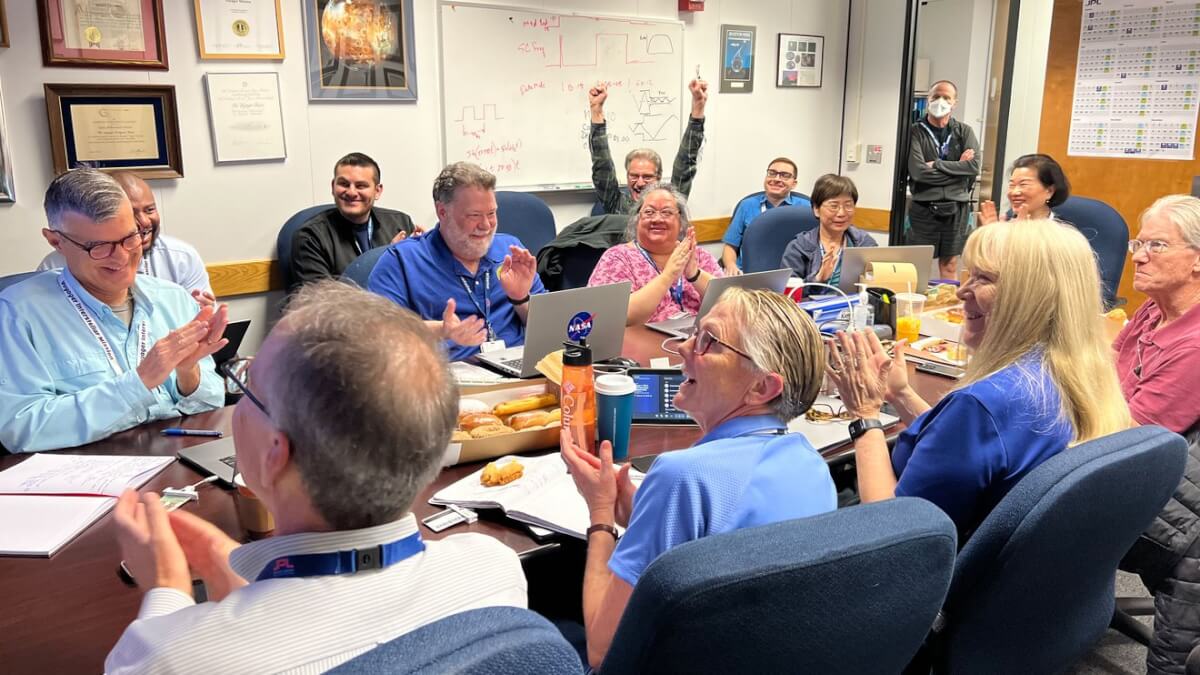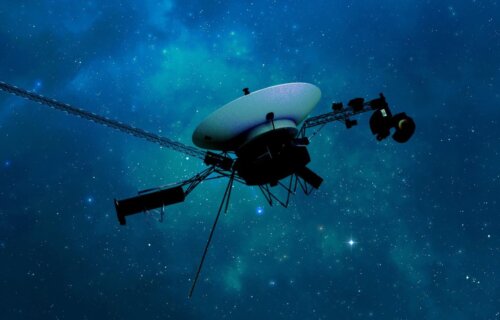PASADENA, Calif. — After five months, NASA finally has an answer to what went wrong with the Voyager 1 spacecraft. Since November 2023, the famous space probe has been sending strange, nonsensical signals back to Earth. So, what happened? Did the probe encounter something incomprehensible out in deep space? Well, it’s a lot simpler than that — a single computer chip has gone haywire.
Voyager 1 is now 46 years-old. The probe and its twin, Voyager 2, are the only spacecraft in human history to travel into interstellar space — the void between star systems. Moreover, Voyager 1 is currently over 15 billion miles from Earth, making simple repairs a monumental undertaking.
So, when the spacecraft started sending back gibberish on Nov. 14, 2023, there was no easy fix — like going to the Apple store and buying a new probe. NASA had to track down the source of the strange signals to its source. A team at the agency’s Jet Propulsion Laboratory in Southern California finally figured out why Voyager 1 was no longer sending usable data about the health and status of its computer systems.
No, the answer wasn’t aliens — the problem centered around one of the probe’s three onboard computers, called the flight data subsystem (FDS). This system is responsible for packaging all the scientific data Voyager gathers before the probe sends it back to Earth. It turns out that a single computer chip that stores part of this FDS memory is no longer working inside the 46-year-old spacecraft.

So, what’s the impact of losing one tiny computer chip in a probe as big as Voyager 1? Well, that chip held a portion of the FDS computer’s software code, meaning the probe could no longer send back readable information from space.
Since NASA couldn’t replace the chip, they devised an ingenious solution: upload the code to a different part of Voyager 1. However, there was one problem: the spacecraft didn’t have a computer section big enough to store the replacement code — only that broken chip carried the necessary space.
So, the team at JPL broke the code up into smaller segments and sprinkled it throughout the Voyager 1 FDS computer system. This also meant adjusting that vital code to still function as one program once all of the pieces reached Voyager 15 billion miles away.
Luckily, the plan worked. After beaming the new code into space on April 18, 2024, NASA received a readable signal from Voyager 1 on April 20. Researchers note that Voyager is so far away from Earth now that it takes over 22 hours just to talk to the spacecraft and another 22 hours for Voyager 1 to send a reply. Scientists are now working on fixing other portions of the FDS, so Voyager 1 can begin sending back detailed readings of interstellar space.
So, after a five-month vacation, scientists say humans can once again expect new data to come from both Voyager probes as they travel past the outer planets of the solar system into a mysterious region of space where no one has gone before.
